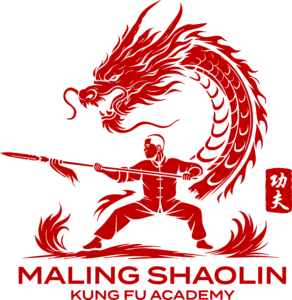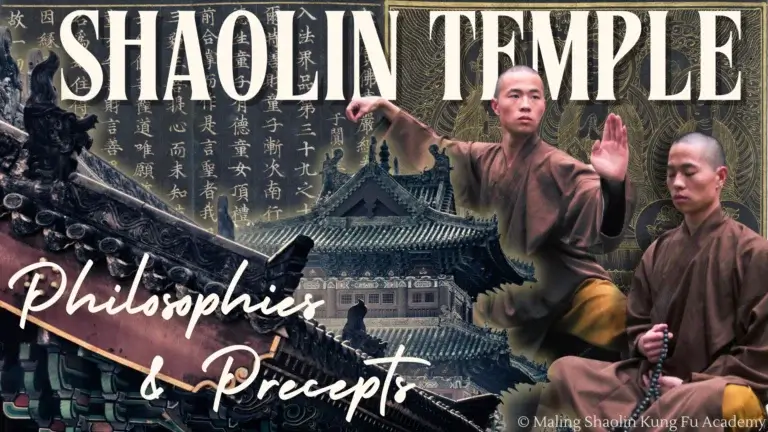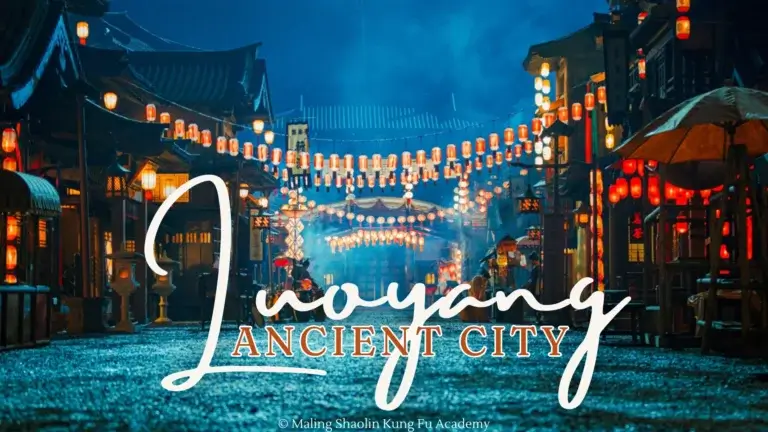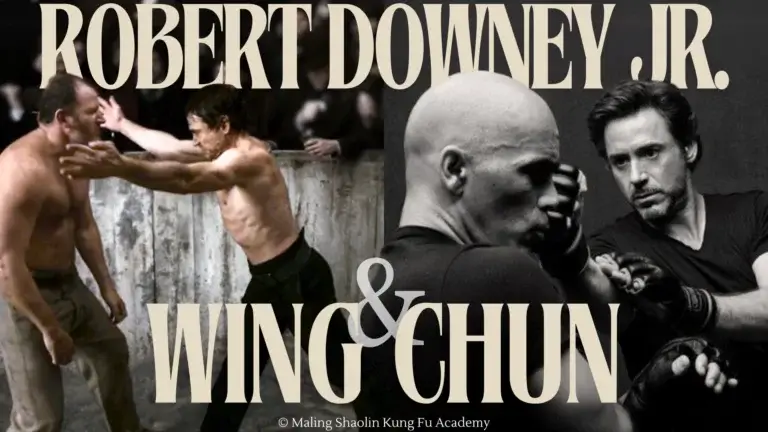Applications: Can You Actually Fight by Learning Kung Fu Forms?
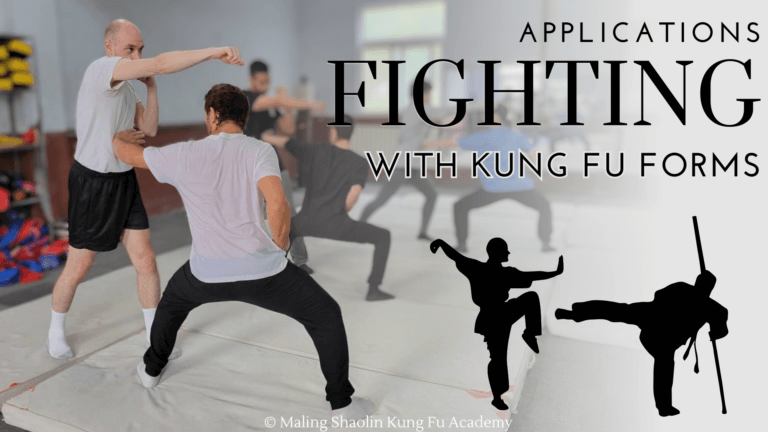
When people think of kung fu, they often imagine flowing, intricate movements or dramatic, acrobatic forms (called taolu in Chinese). This visual aspect of kung fu is awe-inspiring and artful, but one common question arises: Can learning these forms actually help you fight? To answer this, let’s break down what kung fu forms are, how they contribute to martial skill, and the realities of translating these skills into a fight scenario.
